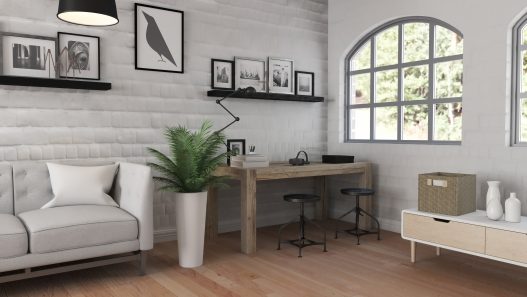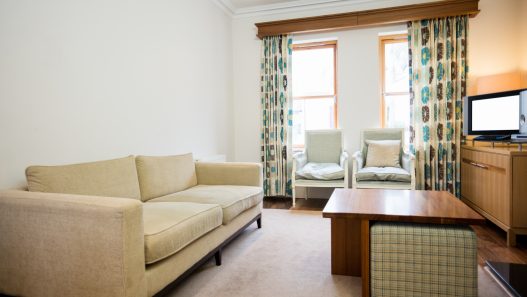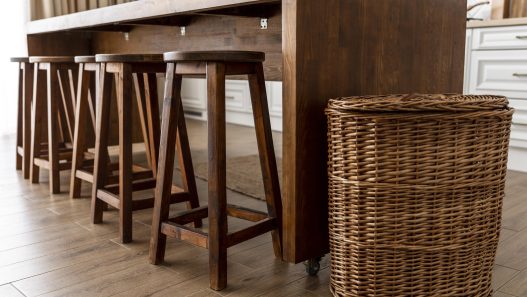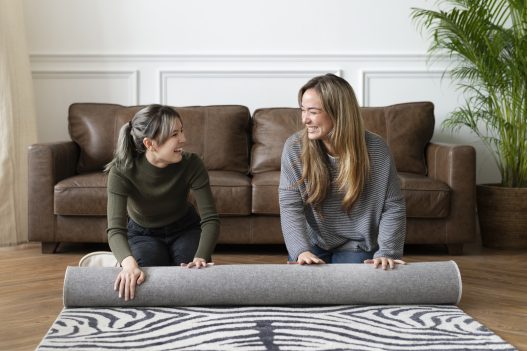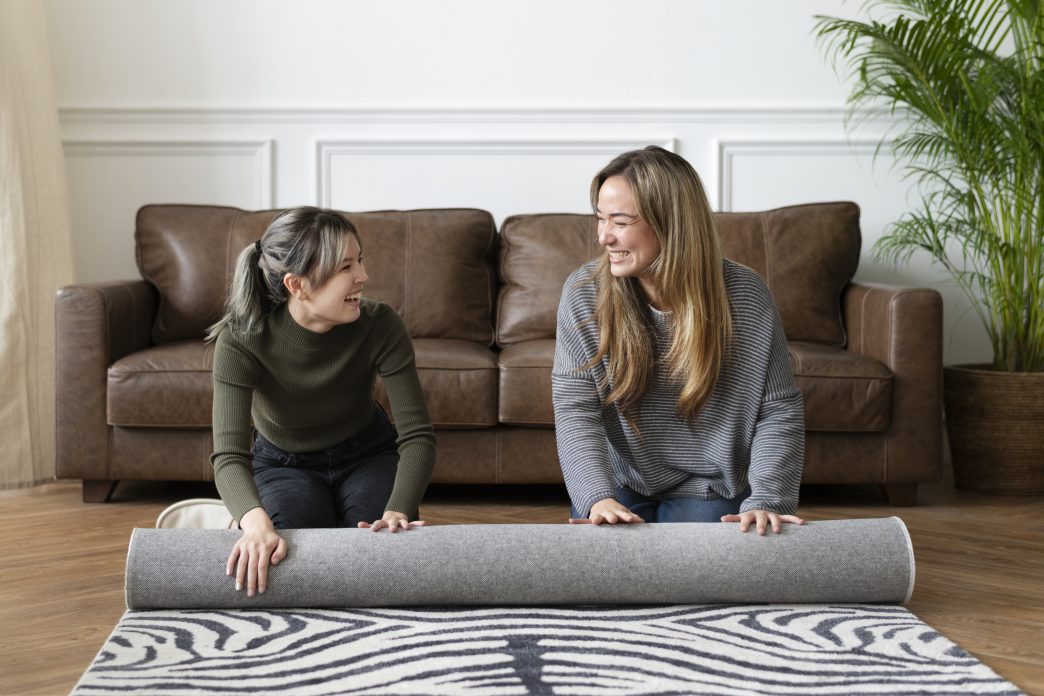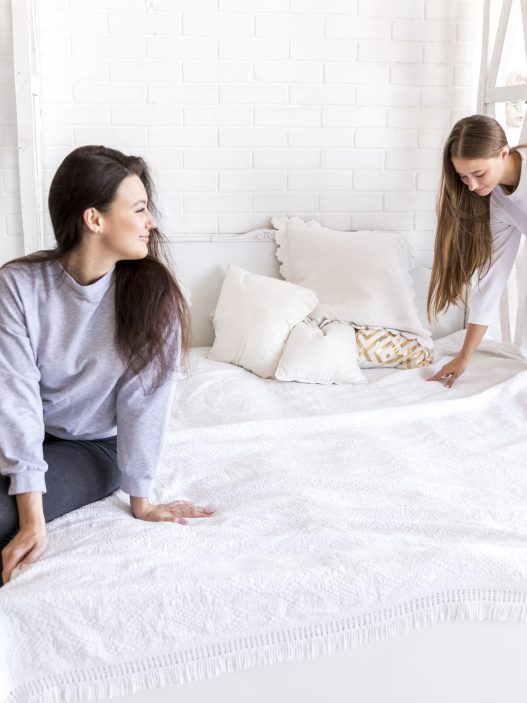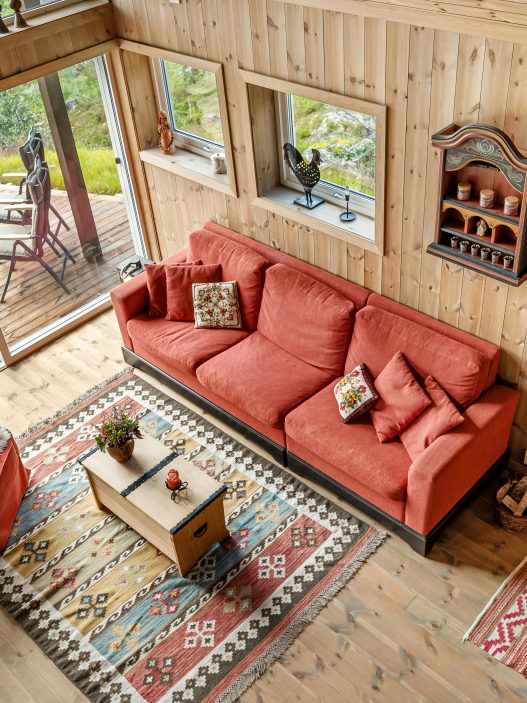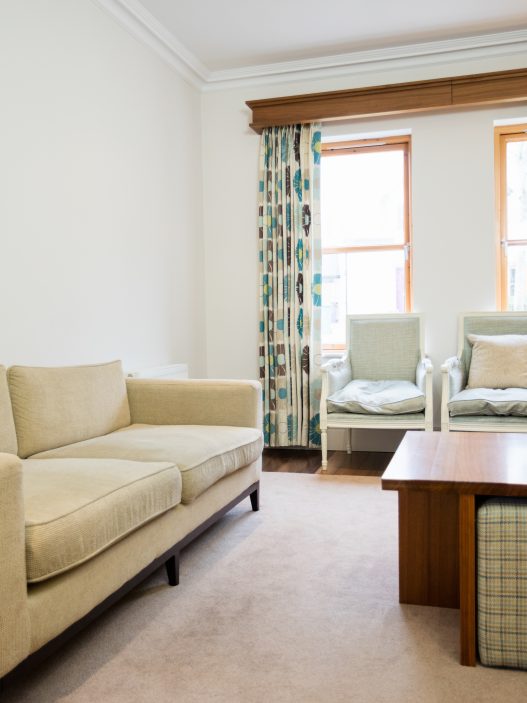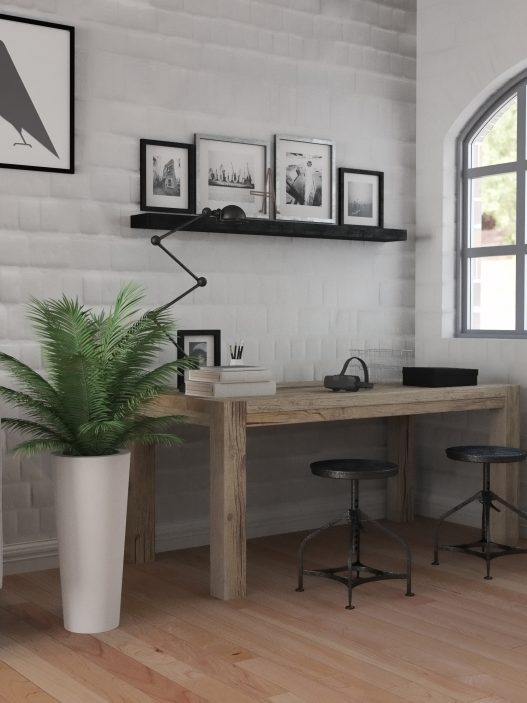Let’s face it—choosing a rug isn’t just about colors or patterns. One of the biggest mistakes people make when styling a room is getting the rug size wrong. Whether it’s too small (hello, awkward floating rug) or too big (swallowing up the entire floor), it can throw off the whole vibe. In this guide, we’ll walk you through how to choose the right rug size for any room—so your space feels balanced, cozy, and effortlessly put together.
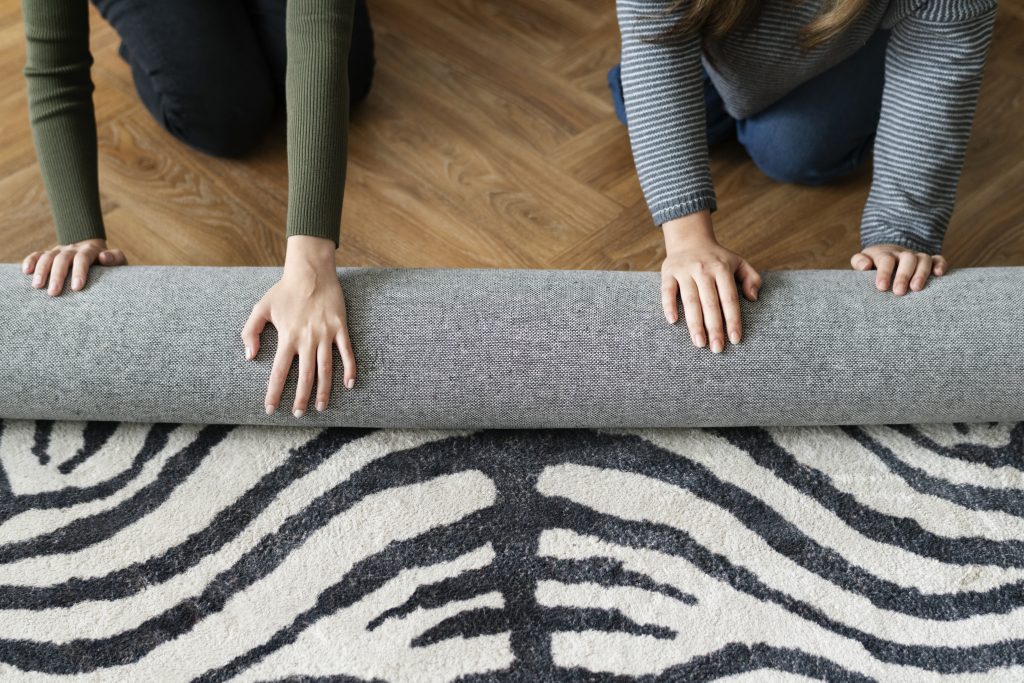
1. Start with the Room Size
Before anything else, measure the room. A general rule? Leave at least 18 inches of bare floor between the rug and the walls—especially in bigger rooms like living or dining areas. For smaller rooms, a little wall-to-wall is okay, but you don’t want the rug feeling like carpet.
Need a reliable tape measure? Check out this best-selling measuring tape on Amazon.
2. Living Room Rules
How to choose the right rug size for any room often starts in the living room. The most common approach? Either all the furniture legs on the rug or at least the front legs. If your rug is too small and just sits under the coffee table, it’ll make everything feel disconnected. A good living room rug is like a frame—it should gather and anchor the space.
Need ideas? This 8×10 neutral area rug works well with most furniture layouts.
3. Bedroom Balance
A rug in the bedroom isn’t just for aesthetics; it’s for those cold-morning toes too. Ideally, go for a rug that extends at least 18–24 inches from the sides of the bed. For queen beds, 8×10 feet works great. If you’re tight on budget, opt for two runners on either side instead.
Tight on budget? Try placing these soft bedside runners on both sides instead.
4. Dining Room Must-Know
Don’t skimp here. The rug should be big enough that chairs stay on it—even when pulled out. Nothing’s worse than a wobbly chair leg half on, half off a rug. Rule of thumb: add about 24 inches to each side of your dining table when calculating the rug size.
Need one to try? This dining room rug with stain resistance is a favorite for family meals and easy cleaning.
5. Hallways, Kitchens, and Odd Spaces
These areas love runners. Whether it’s a hallway or the space between your island and cabinets, rugs can add warmth and color. Just make sure they’re not trip hazards and have a non-slip backing.
This non-slip hallway runner checks all the boxes for safety and style.

